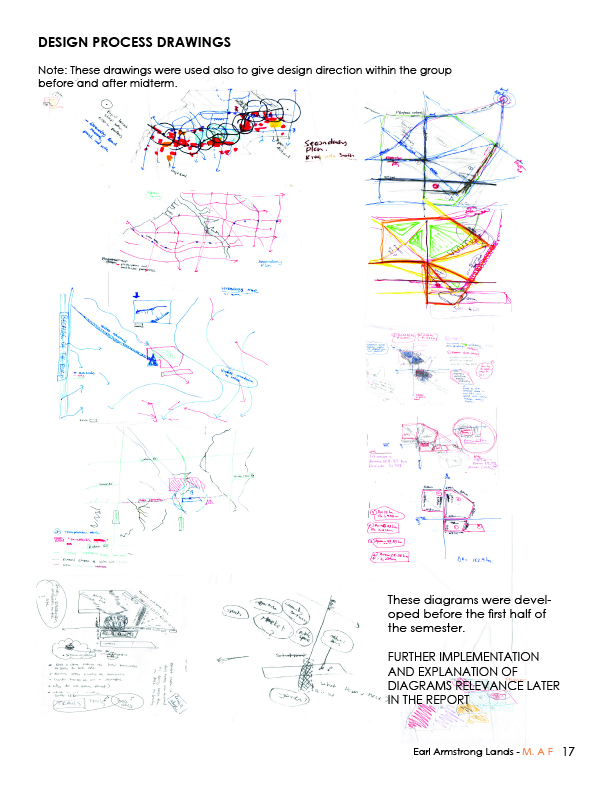Eco-Cultural Preservation
Forest Attraction

Eco-Cultural Preservation Forest Attraction at Earl Armstrong and Ottawa International Airport is a project that happened during the Winter term of 2020 when I was instructed by a landscape architect - Jonathan Loschmann. The site is southeast of the OIA's lands and north of the new Bowesville LRT station. The neighbouring communities are Findlay Creek and Riverside. This project resulted in the development of a culture and preservation forest plan. It has three components— ecological, cultural and economical.



THE VISION
The best value site holistic program identification resulted in the idea of expanding and constructing an Eco-Cultural Education and Entertainment Forest.

This project bets on creating and investing in well-designed ecological and economically self-sufficient places supported by entertainment, healing attraction, and intent.

Due to explored ecological constraints provided by OIA ownership, I identified that it has the potential to become a significant symbol of reconciliation and an economically self-supported attraction item emblematic of Ottawa as a place through winter light attractions and ecological/cultural summer education. The vision is about a conscious, ecological, and cultural healing place. The immediate neighbourhood communities could use it as a leisure and natural recreation focal point easily accessed by public transportation, therefore accessible to all.
Precedent: [https://www.capbridge.com/events/canyon-lights/], [Capilano Suspension Bridge | Vancouver's Best Places (vancouversbestplaces.com)].
ECOLOGYCAL COMPONENT:
From a landscape point of view, I researched and developed an array of tree species that are either edible, contribute to pollinators, or are ideal and native to the site's climate zone.

CULTURAL COMPONENT:
Ideally, there would be nine landmarks connecting the forested food trails and forest extensions. Thus, the second component of the project is the cultural conservation aspect. The site plan includes an homage to Native American cultural values and natural understanding that are easily relatable to various cultures and perspectives. The nine landmark themes are Homecoming, Summer, Winter, Sun, Peace, Friendship, Moon, Good Crops, and Healing Hand.

ECONOMICAL COMPONENT:
The forest includes the intention to have an eco-ecotourism program. To light up a healthy forest and bring a constant flux of people can force species out of sight. However, due to air restrictions and noise levels, this site presents a great canvas to create an inhabited natural scape that brings a homage to indigenous symbolism, values and legacy.

The Regeneration Process a Celebration of NCC’s Greenbelt Policy
A study of the site through the years with a focus on natural systems shows us the ecological progression of the site. From 1976 to 1991, significant ecological regeneration was due to the NCC’s efforts to maintain and preserve the Greenbelt policy. The four maps on the right were found and re-traced by Amelia and Abir.

Why continue regenerating?


During the design development of this project, we subdivided the site among four individuals. I got the northern area of the site.
Personal Process work:


Team Site Analysis
Members: Abir, Amelia and myself - Alejandra.
